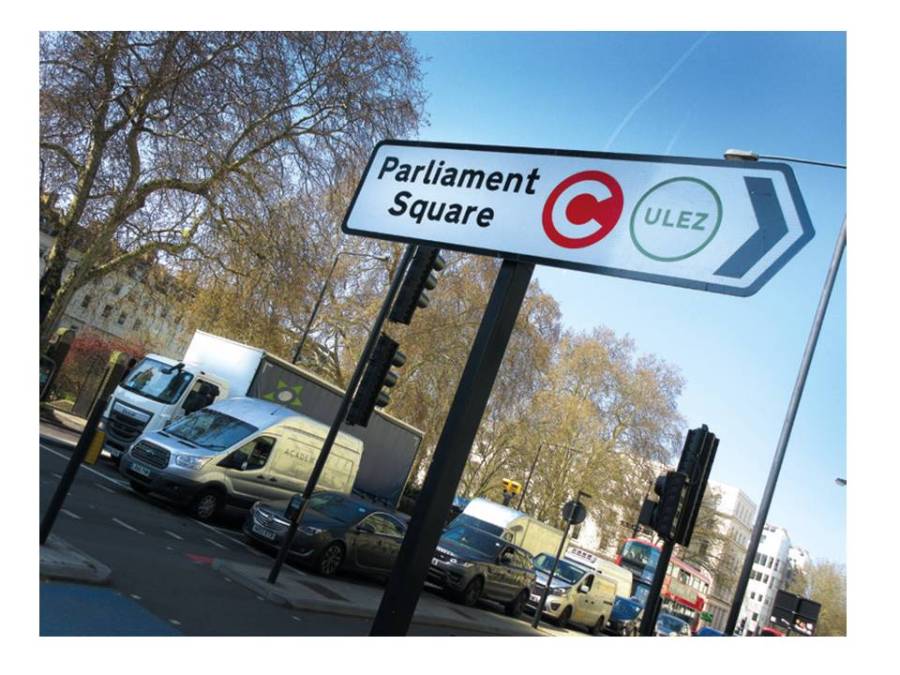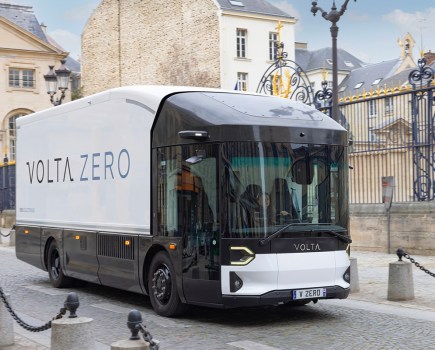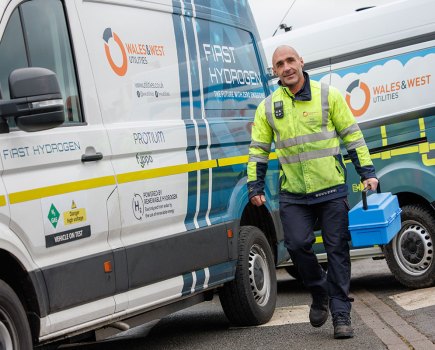The Central London ULEZ (Ultra Low Emission Zone) is now in force. All trucks entering the zone which do not meet Euro 6 will be fined £100 per day to deliver goods in the capital.
ULEZ was launched by mayor of London Sadiq Khan on April 8. It is billed as the “world’s toughest vehicle emissions standard”, with the aim of reducing air pollution.
ULEZ will operate in the same area as the current Congestion Charge zone 24 hours a day, seven days a week, 365 days a year. It replaces the T-Charge and operates alongside the Congestion Charge.
“This is a landmark day for our city,” Khan said. “Our toxic air is an invisible killer responsible for one of the biggest national health emergencies of our generation. I simply refuse to be yet another politician who ignores it.”
More support needed
But the Freight Transport Association (FTA) said businesses need more support to cope with the financial burden of complying with the new regulations. FTA renewed its calls for Sadiq Khan to recognise the potential flaws in the scheme – particularly the “disproportionate costs” it will place on London’s business community.
“FTA recognises and supports the need to improve air quality. But we question the effectiveness of the ULEZ in reducing emissions and the lack of financial support available to businesses,” said FTA’s head of Urban Policy, Natalie Chapman.
“Operators and vehicle manufacturers have already led the way with investment in cleaner technologies through developments in engine standards. This has helped to reduce levels of key pollutants more than 20-fold over recent years.”
“The ULEZ is not a transformative measure, as marketed by Sadiq Khan. It simply brings forward the fleet replacement cycle at huge cost to many small businesses and operators of specialist vehicles.”
“Simplistic and anti-motorist”
The Road Haulage Association said it was similarly unimpressed with ULEZ, branding it “simplistic and anti-motorist”. It pointed out some of London’s own policies have prevented further improvement air quality, in particular the TfL policy to use congestion to drive vehicles off the road.
London’s traffic congestion problem is getting worse, despite falling volumes of traffic, RHA said. Traffic delays are up by 18 per cent since 2015, even though traffic has fallen by seven per cent over the last 20 years.
“London’s road network needs to be managed better,” said RHA chief executive, Richard Burnett. “We need to focus on dealing with the massive impact of congestion on local NOx emissions. The haulage sector has done its bit with NOx from HGVs halving over recent years. The prospect of having to pay an extra £100 per day will mean financial ruin for many operators. Their only alternative will be to stop servicing the capital altogether.”
Hauliers also face TfL’s plans for a central London zero emission zone from 2025. This will “… simply act as a big disincentive for operators to invest in clean Euro 6 lorries in the short term,” Burnett argued.
The current Low Emission Zone covers the whole of London. ULEZ now covers the area where the current Congestion Charge is in effect.
Operators who are unsure of their compliance status are urged to use TfL’s online compliance checker, available at http://bit.ly/ULEZ-checker






